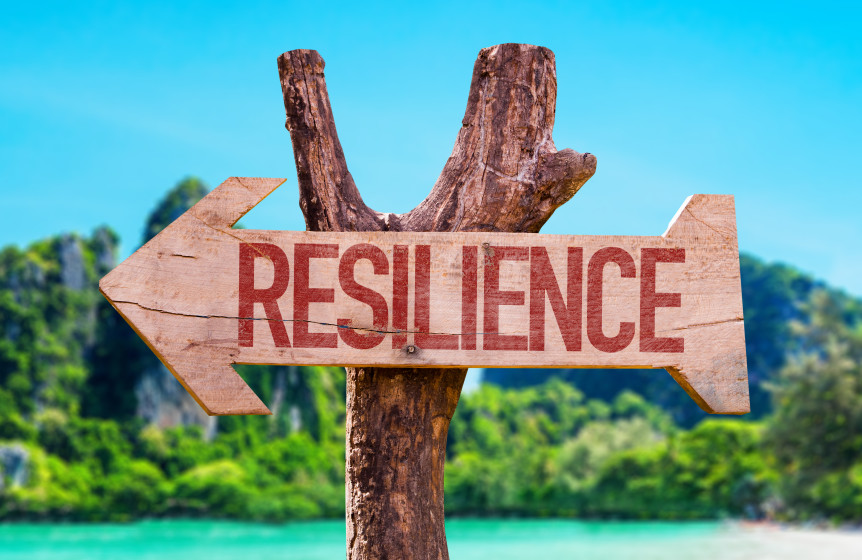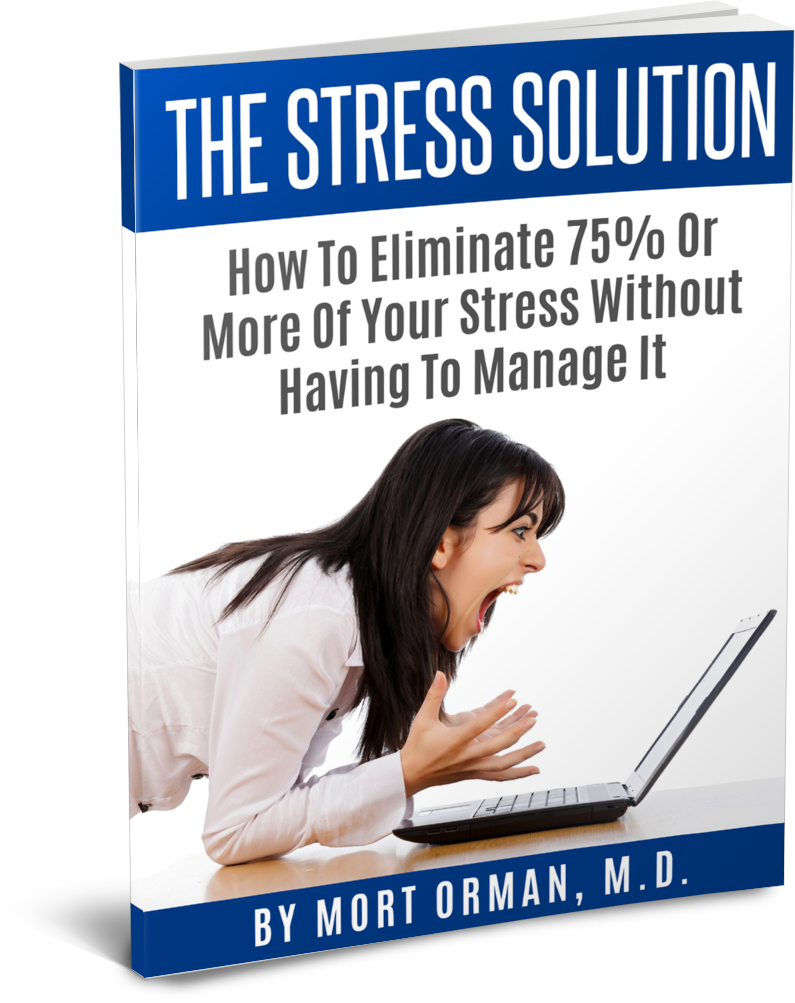Dr. Mort Orman here, and in my last post, I suggested that if you wanted to learn about resilience, one of the best ways to do this is by reading a book released in 2015 called “Resilience” by ex-Navy Seal Eric Greitens.
Now if you took my advice and read this great book, you’d quickly find out that resilience is not something you can actually learn. It is something that has to be lived.
Unfortunately, in today’s modern world, including the realms of corporate wellness and corporate talent enhancement, the term “resilience” is being used as a replacement for the term “stress management.”
Stress management is old school; resilience is the new orange, or black, or purple.
Stress management is known and no longer exciting; resilience is mysterious, intriguing and alluring.
Corporate executives and employees are kind of jaded about stress management training. But throw them a new “hook” in the name of resilience training, and they will flock to the training rooms, at least until they become disappointed once again.
You Can’t Teach Resilience Skills
What we are witnessing today, in the Corporate wellness and talent improvement arenas, is a simple marketing strategy that, in my opinion, is destined to fail.
When you just change the name of something, but still hold on to the same flawed mentality, perhaps with a few new but insignificant twists, you get the same results.
And when it comes to true resilience, you can’t teach this as a “skill set” like you can teach people to meditate, or do yoga, or perform other relaxation techniques.
You can’t really teach true resilience, you can only inspire it. You can only point to its expressions in others, in the hopes of eventually drawing it out from those who appear to be deficient.
There’s No “Bouncing Back”
According to Eric Greitens, when most people hear the term “resilience” today, they think of it as “bouncing back” or “recovering” from painful adversity, loss, disappointments and even stress.
They think of it in the sense of physical objects, faithfully obeying the laws of physics, by quickly returning to their original state, once they have been “compressed” or otherwise distorted by some major external event.
But human beings are not physical objects, and Greitens is right when he says that for us, there is no bouncing back.
He points out that when a parent loses a child, there is no bouncing back.
When a soldier loses a limb or otherwise gets wounded, there is no bouncing back.
And even if you face the death threat of cancer and mange to be cured, there is still no bouncing back.
All of these types of adverse events affect us deeply and permanently. And in Greitens’ view of resilience, there is only moving forward.
There is only moving through adversity, and coming out a better, stronger, more caring, more compassionate, more wise human being as a result…or not.
Here’s a direct quote from Greitens:
“Resilient people do not bounce back from hard experiences; they find healthy ways to integrate them into their lives.”
Resilience Is A Virtue
Greitens defines resilience as a virtue that enables people to move through hardship and become better and stronger as a result of having done so.
As such, he points out that this particular virtue, like courage and compassion, has been known and admired by human beings for thousands of years.
After all, the farther you go back in human history, even to the dawn of human civilization, the more resilience you needed if you were going to survive at all.
He also points out that the age-old questions about how to develop resilience are still very present for us today. These questions include such challenges as how do you:
- Focus your mind
- Control your stress
- Excel under pressure
- Work through fear and resistance
- Overcome defeat and rise above obstacles
- Adapt to adversity.
The answers to all of these questions require different forms of “practical life wisdom.”
We may all be born with the capacity for resilience, but unless we choose to live a resilient life, we don’t “have it.”
Resilience Is A Choice
Greitens sees resilience as an “excellence” we can develop, like becoming good at a sport, becoming a world-class writer, or even becoming an elite Navy Seal commando.
As such, it is not something we have and it is not something we can easily learn, like a technique.
It is, however, something we have to practice. Something we have to choose to bring forth repeatedly, until it becomes a habit of living that eventually becomes part of who we are.
He also says that resilience is not the same as just surviving or simply enduring. It is surviving and enduring with a positive direction—with a positive intent.
Ultimately, it is a choice we have to make.
When faced with life adversities, like being wounded in battle, having a bad disease or disability, dealing with the death of a loved one, and yes, even getting yelled at by your boss, you can choose to be a victim and make excuses for your misfortunes.
Or, you can choose the path of taking personal responsibility for how you want to respond to each adversity, and who you want to become as a result of it.
In the end, according to Greitens, it all boils down to this:
“If we make resilient choices, we become resilient.”
You can’t teach another person the mythical “skill set” of becoming resilient.
You can only point out what resilience is, and what it is not, and then hope they choose to live it.
To your health, happiness and success,
Dr. Mort Orman, M.D., International Speaker, Author And Founder Of The Stress Mastery Academy | http://DocOrman.com


